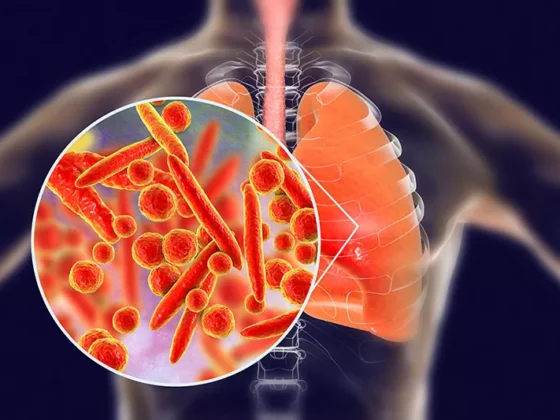New Delhi, October 09: Breast Cancer Awareness Month is an important opportunity for us to learn about and discuss the various types of breast cancer. One particularly challenging type is Triple Negative Breast Cancer. In this article, an oncologist highlights six critical facts about this condition to help us better understand it.
What is Triple Negative Breast Cancer?
Triple Negative Breast Cancer is a specific kind of breast cancer that lacks three key receptors that are typically involved in breast cancer growth—these are the estrogen receptors, progesterone receptors, and HER-2 protein. Because these receptors are absent, it complicates treatment options, as conventional hormonal therapies and drugs designed to target HER-2 aren’t effective.
How Common is it and What are the Risks?
While Triple Negative Breast Cancer represents about 10-15% of all breast cancer cases, it is known for being more aggressive and having a higher chance of returning after treatment. Factors that may elevate the risk include having a family history of breast cancer, mutations in the BRCA1 gene, and being diagnosed at a younger age.
How is Triple Negative Breast Cancer Diagnosed and Staged?
Diagnosing Triple Negative Breast Cancer typically requires a mix of imaging tests, biopsies, and pathology evaluations. Staging is essential to understand how far the cancer has spread, which informs treatment choices. Accurate staging is key for creating an effective and personalized treatment plan that may involve surgery, chemotherapy, and radiation.
What Makes Treatment Difficult?
Due to the absence of particular receptors, choosing effective treatment for Triple Negative Breast Cancer can be challenging. Chemotherapy often becomes the main systemic treatment aimed at targeting cancer cells throughout the body. There is ongoing research into targeted therapies and immunotherapies that may enhance outcomes for those affected by this type of cancer.
Understanding Prognosis and Survival Rates
The prognosis for Triple Negative Breast Cancer is generally less favorable compared to other forms of breast cancer, mainly because of its aggressive nature and limited treatment options. Yet, early detection, timely intervention, and recent strides in research have led to better survival rates in the last few years, highlighting the importance of regular screenings and awareness.
Support and Advocacy Matters
Facing Triple Negative Breast Cancer can be both emotionally and physically taxing. Joining support groups, accessing counseling, and connecting with advocacy organizations are vital for providing patients and their families with the resources and emotional backing they need. Promoting awareness about Triple Negative Breast Cancer during Breast Cancer Awareness Month is crucial for reducing stigma and encouraging early detection and treatment.
As we observe Breast Cancer Awareness Month, gaining insight into the complexities of Triple Negative Breast Cancer is vital for promoting early detection, effective treatment, and improved patient outcomes. Let us all unite in raising awareness and hope as we continue the fight against breast cancer.











